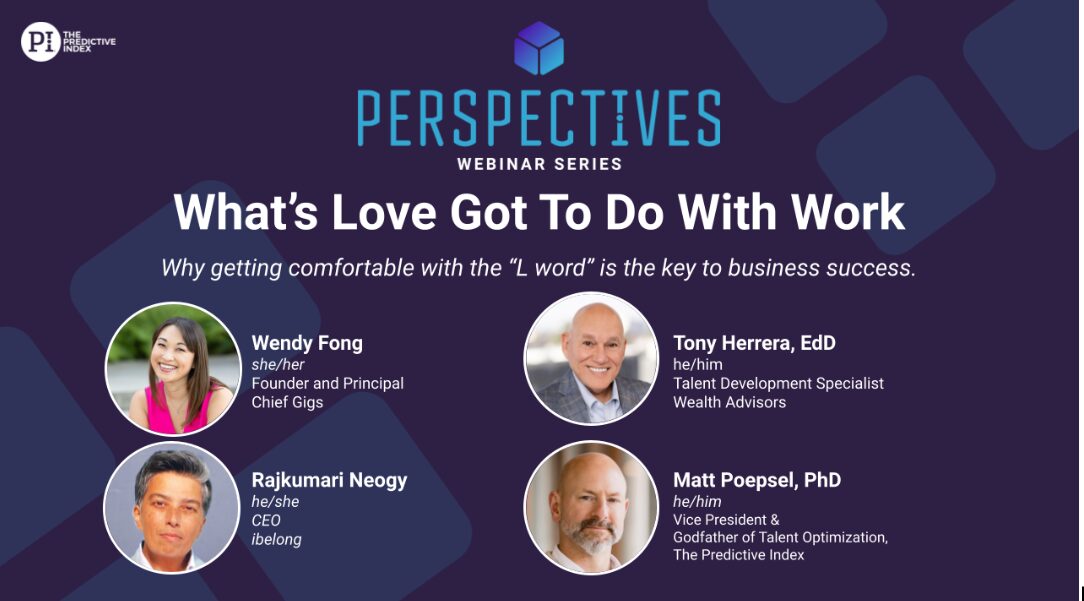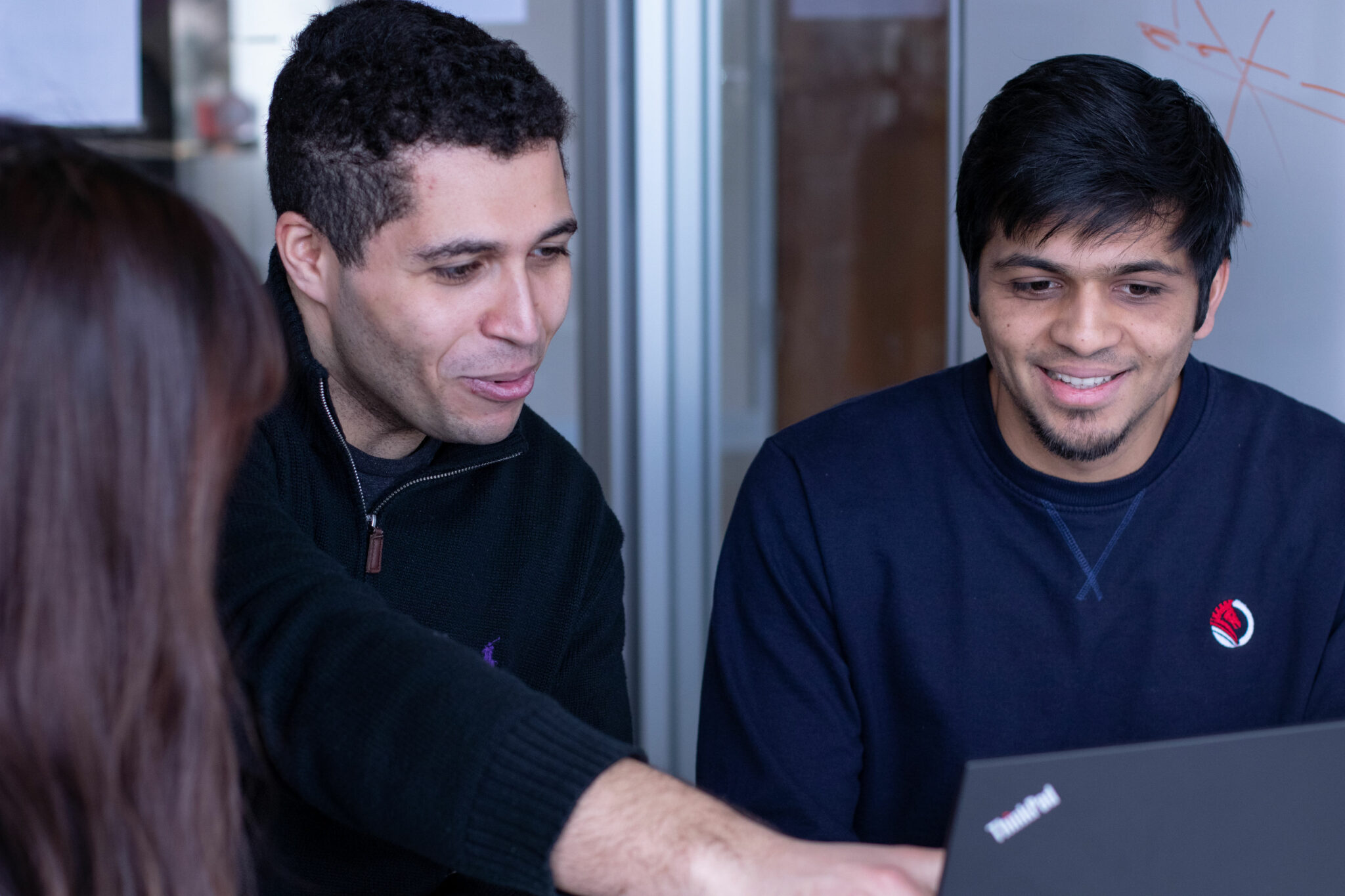Let’s start with a disclaimer:
There are many things you should not do like a statistician. For example, don’t talk like a statistician. Don’t eat like a statistician. And whatever you do, don’t flirt with a stranger like a statistician.
You should, however, manage like a statistician. I’ll tell you why. But first …
What is statistics?
Statistics is about collecting data and making a guess about what it means.
How good your guess is—how confident you are—depends on how the data were collected, the amount of data you have, and how good your model is. Bad data, not enough data, or incorrect analysis leads to wrong conclusions.
The better you are at collecting and analyzing data, the better the outcome. When you manage like a statistician, you put data at the center of all you do, and that means better results.

Let’s look at three examples of people managing like a statistician here at PI:
1. Lunch sampler
Here at PI, our CEO occasionally holds lunch meetings. Any employee can sign up to attend. These are small groups and they talk about anything. This is data gathering, and it’s done well.
- By opening these sessions up to everyone in the organization, our CEO gets a diverse, representative sample of data.
- By keeping groups small, he ensures there’s a productive, organic conversation where everyone can be heard.
- By holding these lunch meetings frequently, he collects a large amount of data.
Our CEO gets unfiltered reports from every corner of the organization. He’s created an effective listening post that provides him with valuable data—all while helping people feel connected to the leadership team and each other.
2. Wisdom of crowds
In his book, “The Wisdom of Crowds,” James Surowiecki makes the compelling case that, in uncertain situations, groups are smarter than individuals.
The challenge for us as managers is to harvest and aggregate the opinions of lots of people. In a face-to-face meeting, the general consensus can be swayed by a few persuasive or charismatic individuals. To combat this, statistics-minded managers use other methods to collect people’s independent ideas.
- One of the marketing directors at PI polls team members during meetings, asking them to vote on decisions anonymously using an app on their phones.
- Similar voting methods are used by scrum product owners to get clients to identify high-value features for our software.
- Even our researchers use methods like this to crowdsource ideas for new PI assessment applications.
This is a simple but effective form of modeling. We take a large, diverse, representative set of opinions and aggregate it into one inference about what needs to be done.
3. Fine tune
The third way we can manage like a statistician is to check our assumptions. Statisticians don’t assume the same model will generalize to all situations. The same is true about how you manage people.
Managing people isn’t about how you want to manage them, it’s about how you should manage them to maximize performance. This means you need to adjust your management style based on each individual’s behavioral needs and the environmental context.
With each person and each new situation, reevaluate your model of management and adjust it to the task at hand.
By collecting data from your people, aggregating it outside of meetings, and adjusting your own management models to the people you lead, you can manage with all the style and panache you associate with statisticians.
Join 10,000 companies solving the most complex people problems with PI.
Hire the right people, inspire their best work, design dream teams, and sustain engagement for the long haul.








